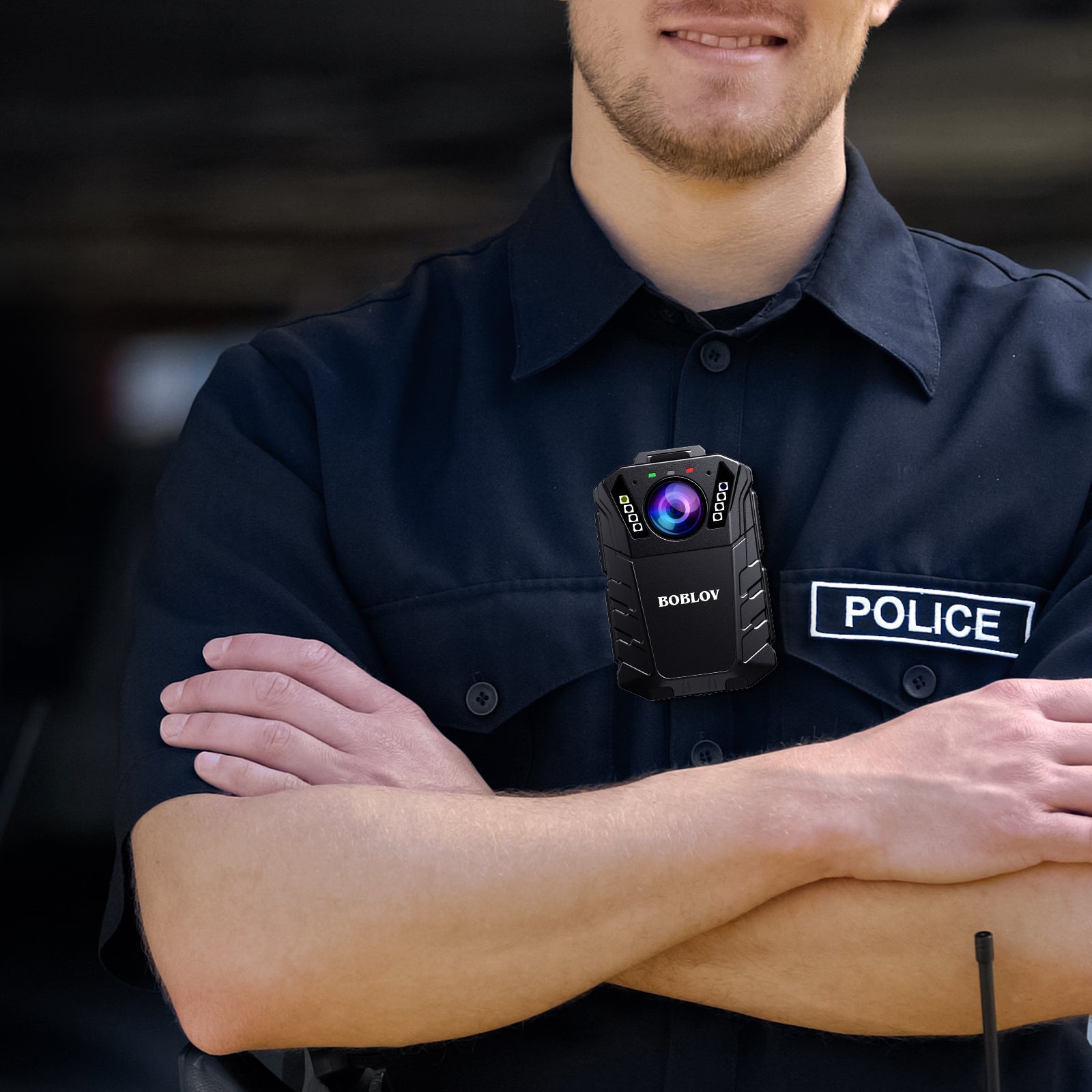Understanding the Evolution of Video Cameras in the United States
The Rise of Digital and Smart Video Cameras
Video cameras have come a long way in the US. The shift to digital was a big step. It changed how we capture and use video. Now, smart features are key in new cameras. Features like Wi-Fi and touch screens are normal. These changes meet the fast pace of tech today. More changes will happen as user needs grow.
Technological Innovations Shaping Modern Video Cameras
Recent tech advances have transformed video cameras. They now have higher resolutions and more features. Things like 4K video, image stabilization, and AI are now common. Wi-Fi and Bluetooth allow for easy sharing and control. Cameras can also livestream and track subjects automatically. These innovations meet users' need for quality and convenience.
The Impact of Consumer Demand on Video Camera Features
The features of video cameras have changed with user needs. Consumers want high-quality video. They also seek portable and easy-to-use cameras. Social media has driven the demand for cameras that can livestream. People also look for good low-light performance. The preference for 4K resolution is on the rise. Buyers want cameras with good battery life. They also prefer cameras with wireless connectivity options. This all shapes the video camera market today in the US.
Analyzing the Current US Video Camera Market Trends
Leading Brands and Their Market Strategies
The US video camera market is led by key brands. They use distinct strategies to stay ahead. First, they focus on innovation. New features are added to attract users. Second, they invest in marketing. This includes ads and social media. Third, they partner with other tech firms. This increases their reach and tech share. Fourth, they listen to user feedback. This ensures their cameras meet user needs. In summary, these brands blend innovation with smart marketing. They adapt and thrive in a competitive market.
The Role of E-commerce in Video Camera Sales
E-commerce has revolutionized the way video cameras are sold in the US. It's now easy to browse a vast range of products online. Shoppers can compare features and prices on platforms like Best Buy. They also rely on customer reviews for making choices. Big discounts and fast shipping options have fueled online camera sales. Direct-to-consumer sales strategies are growing, bypassing traditional stores. Social media ads and influencer marketing play a big role. They help brands promote new camera tech directly to potential buyers. E-commerce has allowed for a rapid response to changing consumer demands. It ensures the latest video camera innovations are quickly available.
Emerging Trends in the Video Camera Industry
The video camera industry is constantly evolving. We see changes that shape how we record and share our lives. Key trends include:
- 4K Ultra HD Resolution becoming standard for high-detail recordings.
- 360-degree cameras offering immersive experiences for virtual reality.
- Action Cameras, like GoPros, gain popularity for adventure and sports video.
- Live Streaming Capabilities built-in for real-time sharing on social platforms.
- AI Integration for smart editing and camera control.
- Enhanced Connectivity with Wi-Fi and Bluetooth for easy file transfers.
- Drones with cameras rising as tools for aerial photography and videography.
- Gimbal Stabilization enhancing video quality by reducing camera shake.
These trends drive consumer choice and push the industry towards innovative solutions. They also influence what we expect from the next generation of video cameras.
Future Directions for the Video Camera Industry in the US
Anticipated Technological Developments
The video camera industry in the US is set to evolve with several anticipated technological developments. These include improvements in image resolution and stabilization, which will deliver clearer, more stable footage. We also expect to see advancements in battery life, allowing for longer recording times. AI-driven features such as subject tracking and automatic editing are on the rise, simplifying the video creation process. Additionally, we may see the integration of 5G technology, enabling faster live streaming capabilities. Another exciting development is the potential for more sophisticated VR and AR camera integrations, providing immersive experiences. Lastly, cameras might come with more robust security features to protect user data.
Potential New Entrants and Disruptive Technologies
The video camera industry in the US may see new players soon. Companies outside traditional tech could join. They might bring fresh ideas and shake up the market. We might also see tech from other fields, such as AI or robotics, in new cameras. These could offer features we haven't seen before. Watch for startups too. They often have bold ideas that can change the game. With new tech, the way we think about recording and sharing videos could evolve quickly.
Adapting to Changing Consumer Preferences and Expectations
The video camera industry must keep pace with buyers' changing tastes. As preferences evolve, so must camera designs and features. Companies are now focusing on user ease and seamless tech integration. The rise of vlogging has pushed for better quality and portable cameras. Likewise, the need for high-res streaming capabilities is a norm. Firms also must adapt to the growth of AI and AR in cameras. They must meet the demand for smarter, connected devices. In all, the key is to stay in tune with what users want and deliver it.

